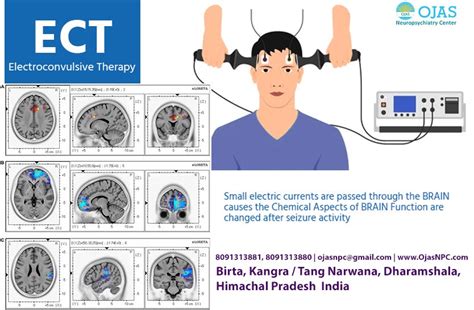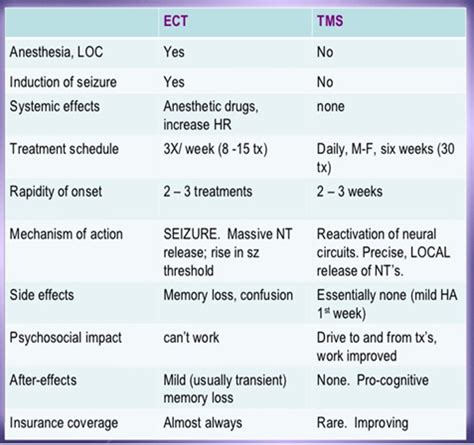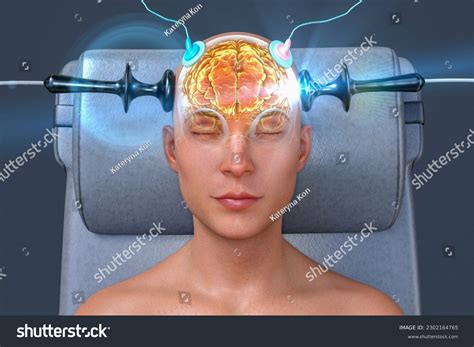Intro
Discover ECT for depression relief, a treatment using electroconvulsive therapy to alleviate severe symptoms, offering rapid mood improvement and mental health recovery through brain stimulation.
Depression is a complex and multifaceted mental health disorder that affects millions of people worldwide. It can manifest in various forms, including major depressive disorder, persistent depressive disorder, and bipolar disorder, among others. The symptoms of depression can vary from person to person, but common signs include persistent feelings of sadness, hopelessness, and a lack of interest in activities that once brought pleasure. Depression can also have a significant impact on a person's daily life, affecting their relationships, work, and overall well-being.
The treatment of depression typically involves a combination of psychotherapy, medication, and lifestyle changes. While these treatments can be effective for many people, some individuals may not respond to traditional therapies or may experience significant side effects. In recent years, there has been growing interest in alternative treatments for depression, including electroconvulsive therapy (ECT). ECT is a medical treatment that involves the use of electrical impulses to stimulate the brain, and it has been shown to be effective in relieving symptoms of depression, particularly in cases where other treatments have failed.
The use of ECT for depression relief is not a new concept, but it has undergone significant advancements in recent years. Modern ECT techniques are designed to minimize side effects and maximize efficacy, making it a viable option for individuals who have not responded to other treatments. Despite its potential benefits, ECT remains a topic of controversy, with some people expressing concerns about its safety and effectiveness. However, for many individuals, ECT has been a lifesaver, providing relief from debilitating symptoms of depression and improving their overall quality of life.
What is Electroconvulsive Therapy (ECT)?

How Does ECT Work?
The exact mechanisms by which ECT works are not fully understood, but research suggests that it may involve changes in brain chemistry and function. ECT has been shown to increase the production of neurotransmitters, such as serotonin and dopamine, which play a crucial role in mood regulation. Additionally, ECT may help to improve communication between different brain regions, leading to enhanced cognitive function and mood stabilization.Benefits of ECT for Depression Relief

Who is a Good Candidate for ECT?
ECT is typically recommended for individuals who have not responded to other treatments for depression or who are experiencing severe symptoms. Some of the criteria that may indicate a person is a good candidate for ECT include: * Severe depression: Individuals with severe depression, including those who are experiencing suicidal thoughts or behaviors, may be good candidates for ECT. * Treatment-resistant depression: Individuals who have not responded to other treatments for depression, including medication and psychotherapy, may be good candidates for ECT. * High risk of suicide: Individuals who are at high risk of suicide may be good candidates for ECT, as it can provide rapid relief from symptoms of depression.Risks and Side Effects of ECT

Minimizing Risks and Side Effects
To minimize the risks and side effects of ECT, it is essential to work with a qualified healthcare professional who has experience in administering the treatment. Some of the steps that can be taken to minimize risks and side effects include: * Careful patient selection: ECT should only be administered to individuals who are good candidates for the treatment, based on their medical history and current symptoms. * Close monitoring: Patients should be closely monitored throughout the treatment process, to minimize the risk of complications and side effects. * Gradual treatment: ECT should be administered gradually, with the dose and frequency of treatment adjusted based on the individual's response.ECT vs. Other Treatments for Depression

Combining ECT with Other Treatments
ECT can be used in combination with other treatments for depression, including medication and psychotherapy. Some of the benefits of combining ECT with other treatments include: * Enhanced efficacy: Combining ECT with other treatments can enhance its efficacy, leading to improved outcomes for patients. * Rapid relief: ECT can provide rapid relief from symptoms of depression, while other treatments may take longer to produce results. * Long-term management: Combining ECT with other treatments can help to manage symptoms of depression in the long-term, reducing the risk of relapse.Conclusion and Future Directions

We invite you to share your thoughts and experiences with ECT and depression treatment in the comments section below. Your input can help to raise awareness and promote understanding of this important topic. If you or someone you know is struggling with depression, please seek help from a qualified healthcare professional.
What is Electroconvulsive Therapy (ECT)?
+Electroconvulsive therapy (ECT) is a medical treatment that involves the use of electrical impulses to stimulate the brain, typically used to treat severe depression and other mental health conditions.
How does ECT work?
+The exact mechanisms by which ECT works are not fully understood, but research suggests that it may involve changes in brain chemistry and function, including increased production of neurotransmitters and improved communication between brain regions.
What are the benefits of ECT for depression relief?
+ECT has been shown to be effective in relieving symptoms of depression, particularly in cases where other treatments have failed, with benefits including rapid improvement in symptoms, high response rates, and long-term efficacy.
What are the risks and side effects of ECT?
+While ECT can be an effective treatment for depression, it is not without risks and side effects, including temporary memory loss, confusion, and headache, which can be minimized with careful patient selection, close monitoring, and gradual treatment.
Can ECT be used in combination with other treatments for depression?
+Yes, ECT can be used in combination with other treatments for depression, including medication and psychotherapy, to enhance its efficacy and provide long-term management of symptoms.
